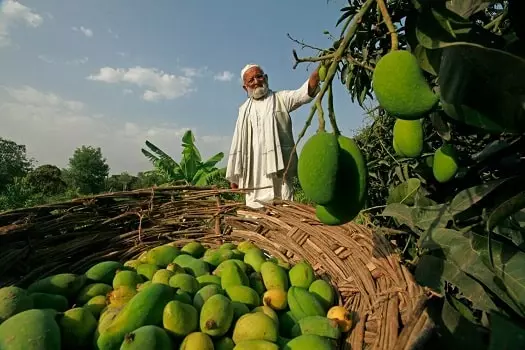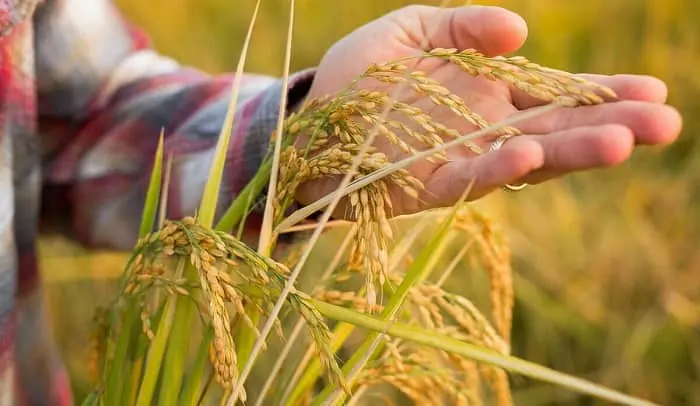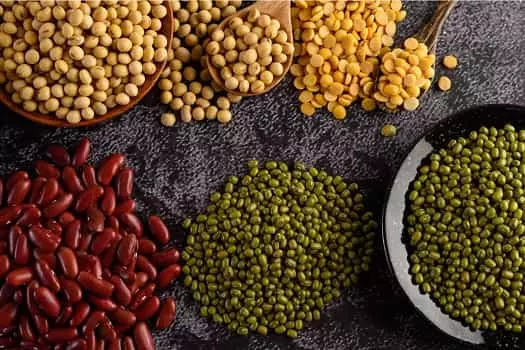The cereal grain maize, or corn, was first domesticated about 10,000 years ago by native peoples in Southern Mexico. The plant’s leafy stalk develops pollen inflorescences, also known as “tassels,” and distinct ovuliferous inflorescences, known as ears, which, when fertilized, produce kernels, which are its fruits. Because it precisely refers to only one grain, the term maize is often preferred in official, scientific, and global use as a common name, as opposed to corn, which is known to have a complicated array of meanings that change by context & geographic region.
Due to its widespread use and excellent yields, corn has a prominent position in contemporary agriculture. Compared to wheat, barley, and oats, it provides a higher energy value in diet. For feeding all types of animals and poultry, corn kernel works truly well. Additionally, there is growing interest in using maize kernels as the least expensive raw material for the manufacturing of bio-ethanol due to rising energy prices.
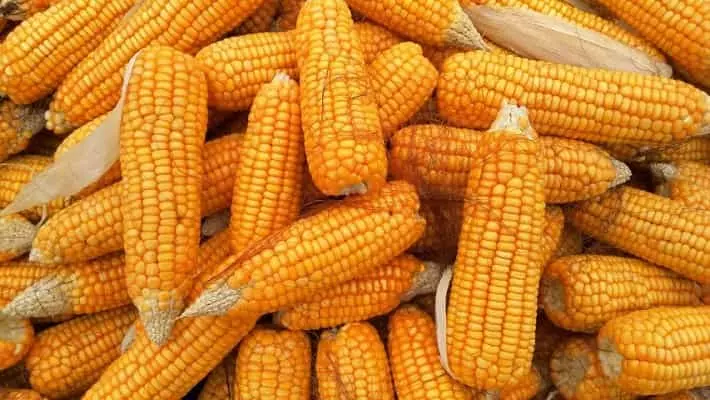
Largest Producers of Maize in the World
Here is the list:
1. United States

On the first spot, we have the U.S. The United States traditionally grows corn as a grain crop. Approximately 70% of this crop is grown in the states that are a part of the so-called corn-soybean belt. They are situated in the Central Region of the nation, which has a climate that is ideal for cultivating these crops and fertile soil that is abundant in organic matter and nitrogen. Here, corn and soybean crops are alternated. In the US, 36.3 million ha of soybeans were planted in 2018. There were just 202.3 thousand hectares less corn planted. 33.1 million acres were designated for corn in 2019. GM seeds are used to sow 92% of the cornfields. Because they are more durable than conventional ones, applying fertilizers and crop protection agents is easier.
2. China

Given that more than 60 percent of the population works in agriculture and that farmland makes up approximately half of the nation’s total land area, agriculture has a significant impact on the growth of the Chinese economy. Approximately 77% of the area is designated for grain crops, including wheat, corn, millet, and kaoliang, as per the cropping plan (sorghum). The Chinese government decided to lower grain production several years ago because the nation had too much corn on hand. However, they were keen to cultivate more profitable maize despite their efforts to refocus farmers toward other crops. It will have access to 41 million ha of cropland in 2019. In this area of “yellow China,” which is a part of the Plain in North China, corn is cultivated due to favorable climate and topography.
3. Brazil

Brazilian agriculture is known for producing and exporting a variety of goods, including coffee, sugar cane, soybeans, corn, chocolate, bananas, cotton, and beef. Corn is successfully grown on Brazilian soil, as it is in most of the Americas, due to a favorable environment. In some regions, farmers can harvest both traditional and safrinha crops in the same season (sown between various rows with soybeans). While safrinha is planted in the province of the Western and Central areas, the first crop of corn is primarily grown in the country’s southern region. 2019 saw 18.1 million hectares of this crop being planted. 101 million tonnes were produced in all.
4. Argentina
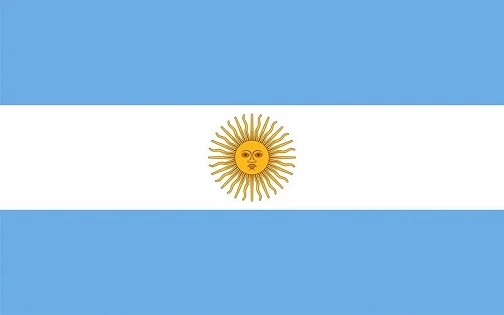
On the 4th spot of our list, we have Argentina as one of the largest producers of maize in the world. Argentina distinguishes out among the countries of Latin America for its diverse production and relatively low (13% of GDP) share of agriculture. It meets practically all of its food production demands and takes the lead in global exports. The nation exported 36.0 mln tonnes of grain to international markets in 2018–19, placing third in terms of overall corn exports. 50 million tonnes of corn were produced by Argentine farmers overall in 2019. The yield was 8.2 t/ha on average.
5. Ukraine

Ukraine ranks fifth in the world for maize production in 2019 and ninth with 4.9 million hectares of corn. Developing Ukraine’s agricultural production strategically depends on corn, a crop that is geared toward export. 35.5 million tonnes of the crop were harvested by Ukrainian farmers in 2019. In contrast, the harvest in 2017 amounted to 24.7 million tonnes. By increasing maize production from 5 t/ha in the year 2018 to 7 t/ha in the year2019, these KPIs were attained. The volume of corn exported in 2018–19 was 29.822 mln t. The State Statistics Service (SSS) reports that exports were 19.4 mln t in 2017 compared to only 2.8 mln t in 2008. That is, over the previous ten years, the turnover of corn exporters has increased by almost 8 times. Small amounts of corn are imported into Ukraine. This metric was 37 trillion in 2018.
6. India

India occupies the sixth place on this list. 60% of the workforce in India is employed in the agriculture industry. The nation’s land resources are farmed to a degree of over 50%. 85 percent of the land is planted for food crops. Farms contribute more than 50% of the agricultural output. The majority of farms are leased by owners of tiny parcels of land who practice traditional farming practices without having access to modern agricultural equipment and technologies to improve the number of marketable crops. Rice, wheat, and corn are India’s three principal grain crops. Corn was designated 9.5 million acres of agricultural land in 2019. Annual production of 3.1 t/ha was used to harvest 29 million t of grain.
7. Mexico
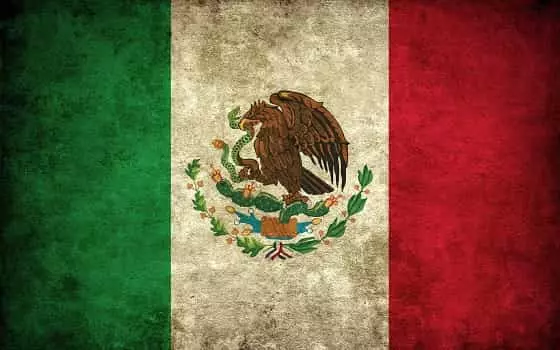
On number seven, we have Mexico. Although farming practices in Mexico were the first to popularise maize farming, their nation does not rank among the top five in these rankings. This is due to the country’s geographical features and a lack of regions that would permit effective agriculture (forests and mountains make up 40% of the country’s land mass, with deserts and semi-deserts making up the remaining 40%). Nevertheless, the nation produced 25 million t of corn in 2019. The yield was 3.7 t/ha on average. Mexicans prioritize this grain crop over beans, and every year substantial areas are set aside for its planting. Thus, 6.8 million acres were covered in 2019.
8. Indonesia
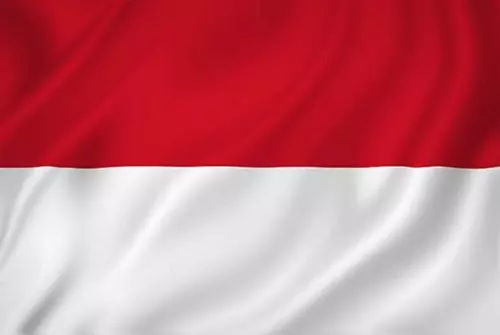
The eighth-largest corn producer on this list is Indonesia. According to the FAO Statistical Corporate Database, its output will reach 22.5 million tonnes in 2020. (FAOSTAT). Geographically, there are some key hubs for con manufacturing in this nation. East Java Province has a cultivated area of 1.1 million ha, and its corn output totals 5.37 million tonnes. Central Java Province follows with cultivated areas of 614.3 thousand hectares, and its corn production totals 3.18 million tonnes. Third, Lampung Province produced 2.83 million tonnes of grain in a cultivated area of 474 thousand ha. Fourth, the province of North Sumatra harvested 350.6 thousand ha and produced 1.83 million tonnes.
9. The Republic of South Africa (RSA)

One of the nations with subpar agricultural conditions is RSA. This includes insufficient rainfall, a lack of surface water supplies, erosion, salt, acid, and alkali oversaturation of the soil. With the ratio of agriculture in overall exports (excluding gold) reaching 30–40%, the nation not only produces nearly all of the key agricultural items it needs for its consumption, but it is also possibly the sole leading exporter of foodstuff in the entire world. Fruits, vegetables, wheat, sorghum, and corn are the principal export crops. Since sugar is one of the most significant export commodities, sugar cane plantations cover a sizable portion of the land. Over 2.9 million hectares of corn were produced in 2019. Using an average maize yield of 4.8 t/ha, the crop totaled 14 million t.
10. Russia

The 10th spot on this list is acquired by the largest country in the world – Russia. Except for the coldest locations, maize is grown practically everywhere in Russia, however, the North Caucasus, Volga, and various Central Black soil areas are thought to be the main corn-growing regions. 2.45 million hectares were seeded in 2019, which is 5,669 thousand more ha (18.8%) less than in 2017. An average maize yield of 5.7 t/ha was used to harvest the 14 mln t of grain that was planted. Despite significant fluctuations in recent years, the Russian Federation’s corn production tended to rise from 2001 to 2020, reaching 13,871 thousand tonnes in the year 2020.
Conclusion
In comparison to other grains, maize is the most frequently farmed crop in the world and is produced in bigger quantities each year. 40% of the world’s harvest is produced in the United States; other significant producers include Brazil, Mexico, China, Indonesia, India, and Argentina. The claim that maize’s average yield has increased in recent years is supported by contradictory data. This implies that shifts in higher yield are more likely to be correlated with changes in lodging resistance, leaf angle, disease/pest tolerance, tolerance of excessive plant density, and other agronomic features than with increases in higher yield per individual plant.
World’s Maize Production FAQs
Q. Which countries are the largest producers of maize?
Ans: The United States consistently ranks as the world’s largest maize producer, followed by China, Brazil, Argentina, and India. Other significant producers include Mexico, Ukraine, Indonesia, and Nigeria.
Q. What are the main uses of maize?
Ans: Maize has diverse uses including food for human consumption (as whole kernels, flour, cornmeal, etc.), animal feed (for livestock such as poultry, cattle, and pigs), industrial purposes (ethanol production, corn oil, cornstarch), and as a raw material in various food and non-food products.
Q. What factors affect maize production?
Ans: Maize production is influenced by a variety of factors including weather conditions (temperature, rainfall, and sunshine), soil quality, availability of inputs (seeds, fertilizers, pesticides), pest and disease pressure, technological advancements in farming practices, government policies, and market demand.
Q. How is maize harvested?
Ans: Maize is typically harvested mechanically using specialized equipment such as combine harvesters. The timing of harvest depends on factors such as the variety of maize, local weather conditions, and the intended use of the crop. Maize can be harvested for grain when the kernels have reached physiological maturity, or it can be harvested earlier for silage (used as animal feed).
Q. What are some challenges in maize production?
Ans: Maize production faces challenges such as climate change, which can lead to extreme weather events such as droughts or floods that affect yields. Additionally, pests and diseases can cause significant damage to maize crops if not effectively managed. Soil degradation, access to water for irrigation, and market volatility also pose challenges for maize farmers.
Q. How does maize production impact the environment?
Ans: Maize production can have environmental impacts such as soil erosion, loss of biodiversity through land conversion, and nutrient runoff from fertilizers which can contribute to water pollution. Additionally, the expansion of maize cultivation into natural ecosystems can lead to deforestation and habitat destruction.
Q. What are some trends in global maize production?
Ans: Trends in maize production include technological advancements such as the development of genetically modified maize varieties with traits such as herbicide resistance or pest resistance. There’s also a growing focus on sustainable farming practices to minimize environmental impacts and improve resilience to climate change.
Q. How does maize production contribute to food security?
Ans: Maize is a crucial staple food for millions of people worldwide, especially in regions where it serves as a dietary staple. Adequate maize production and access to markets can contribute to food security by ensuring a stable food supply and reducing dependency on imports.
Q. What is the outlook for maize production in the future?
Ans: The outlook for maize production depends on various factors including advancements in agricultural technology, climate change mitigation efforts, market demand, and policy decisions related to trade and agricultural subsidies. Efforts to increase productivity while minimizing environmental impact will be crucial for the sustainable growth of maize production globally.

